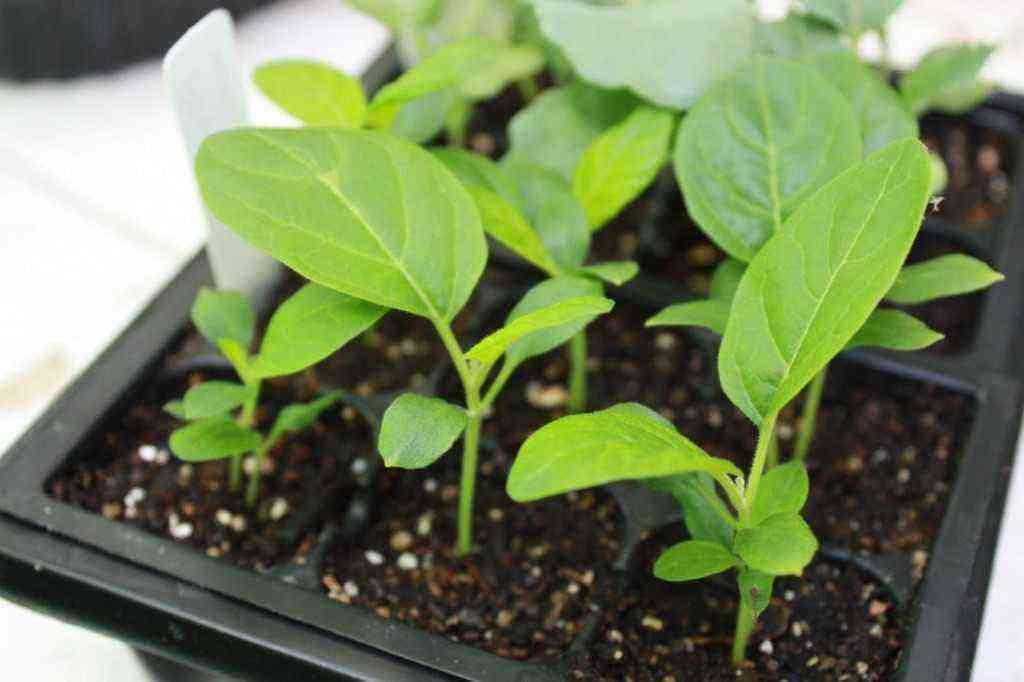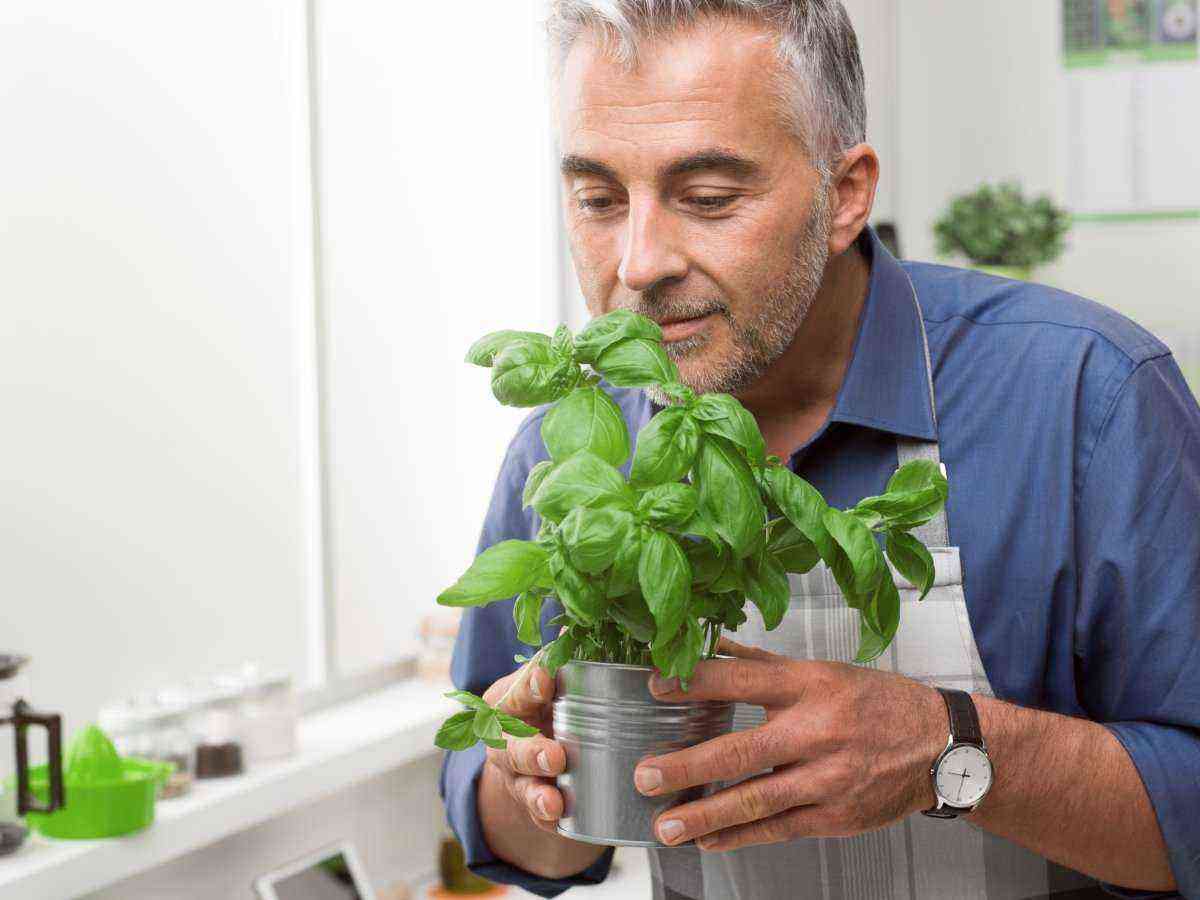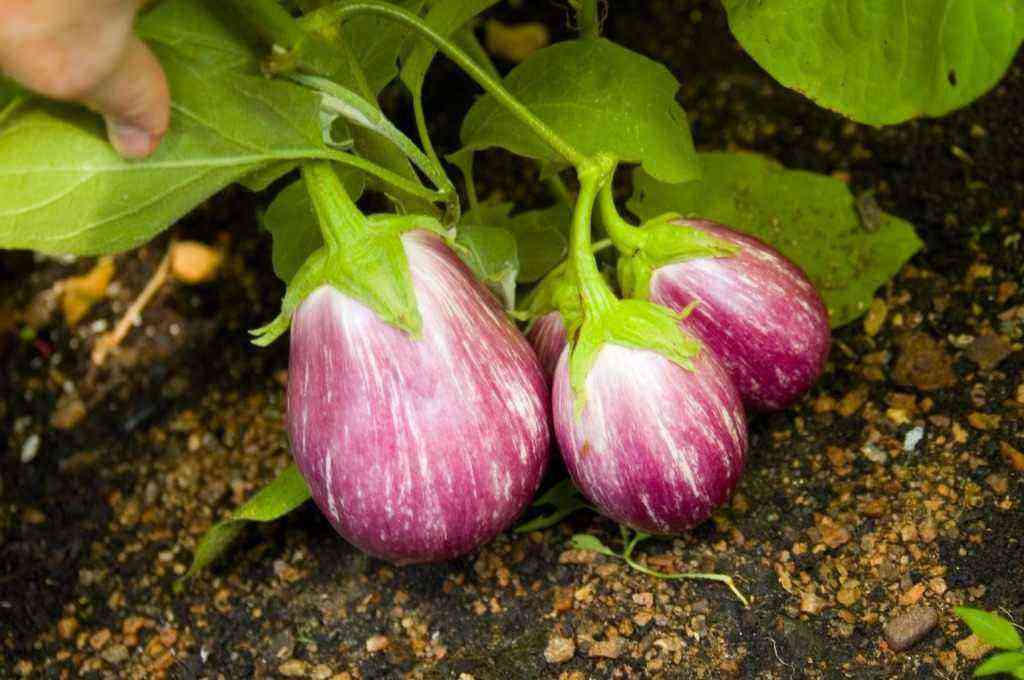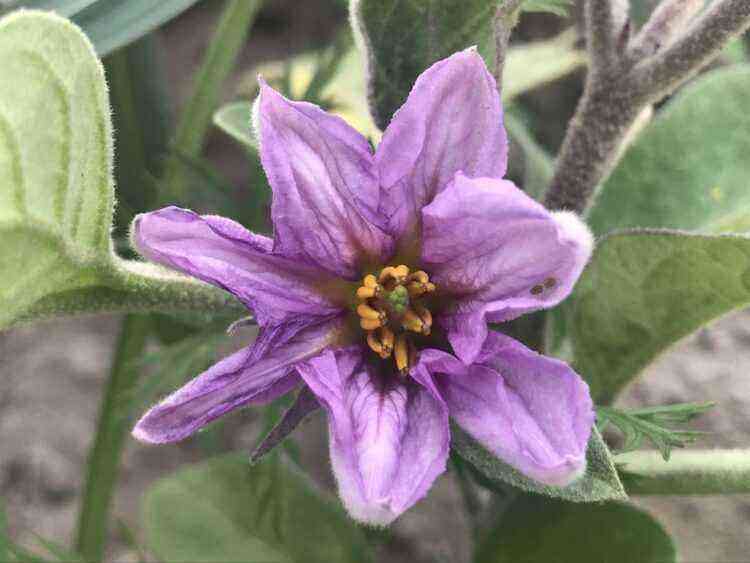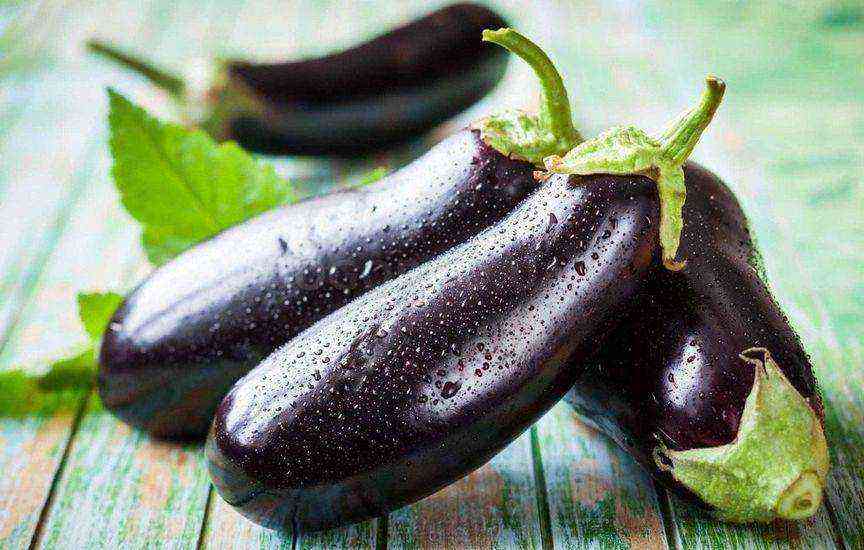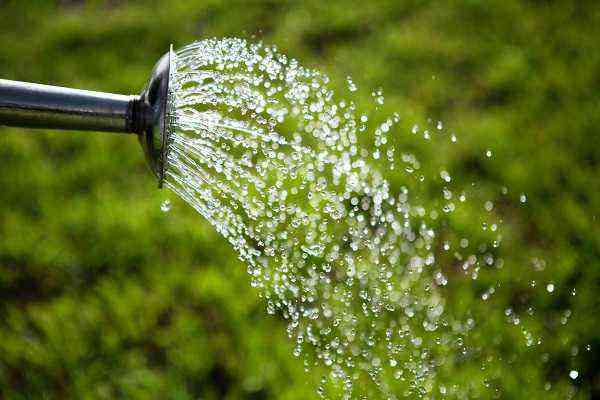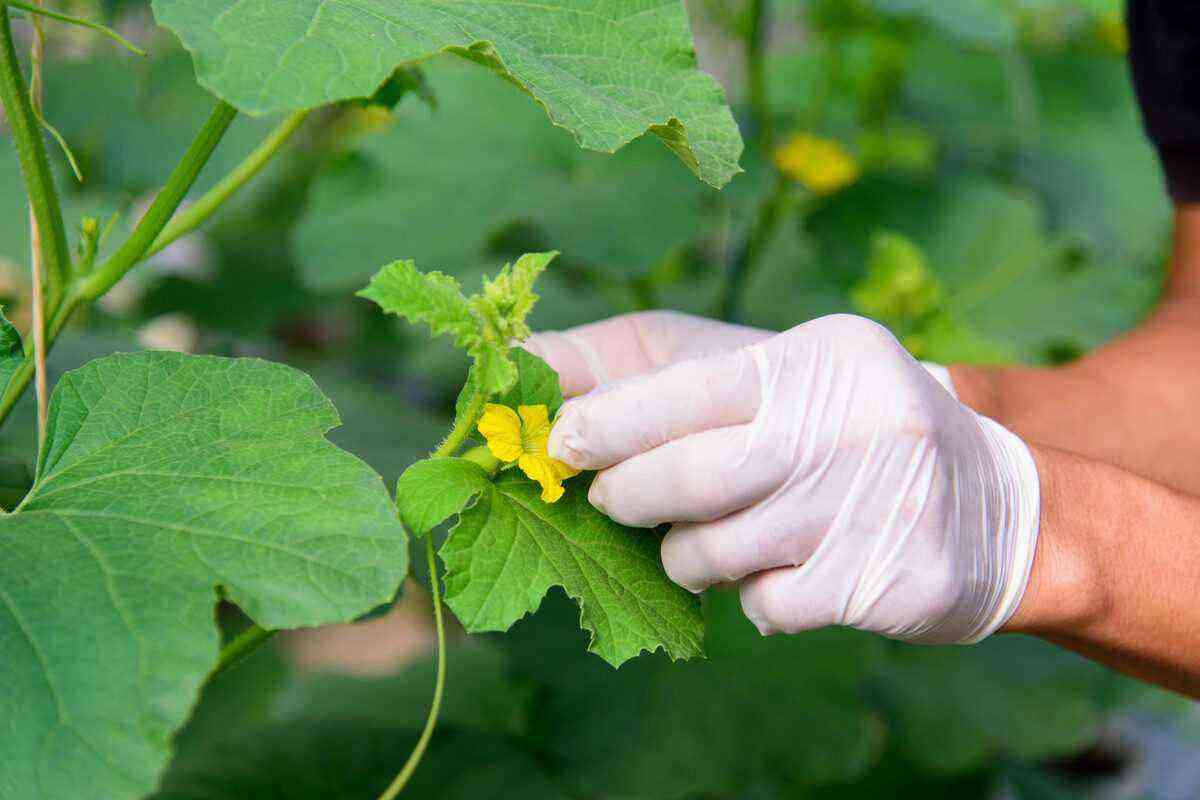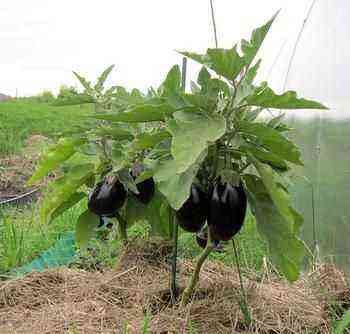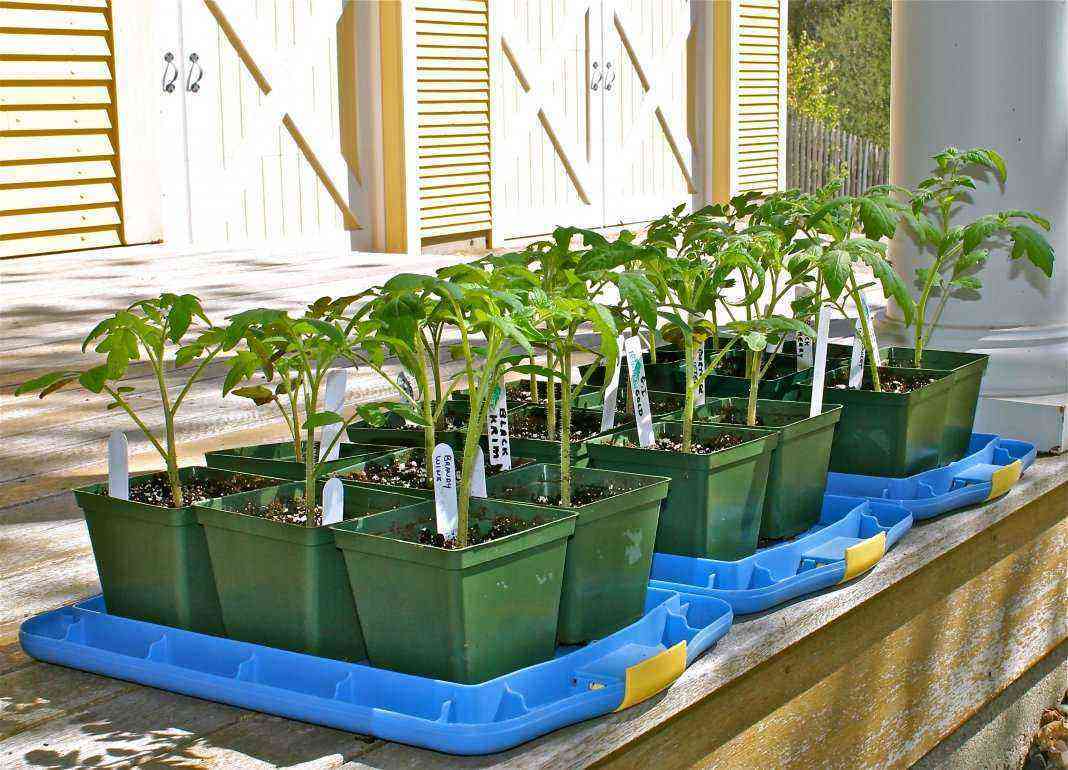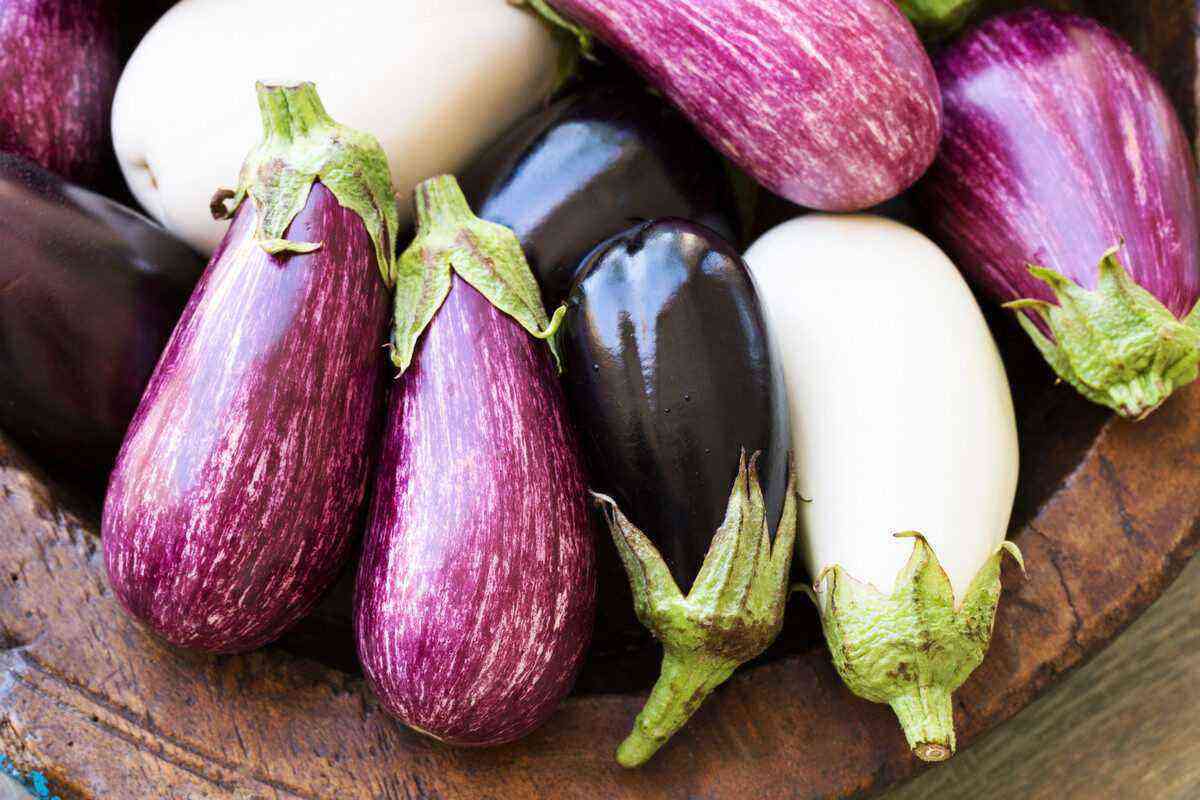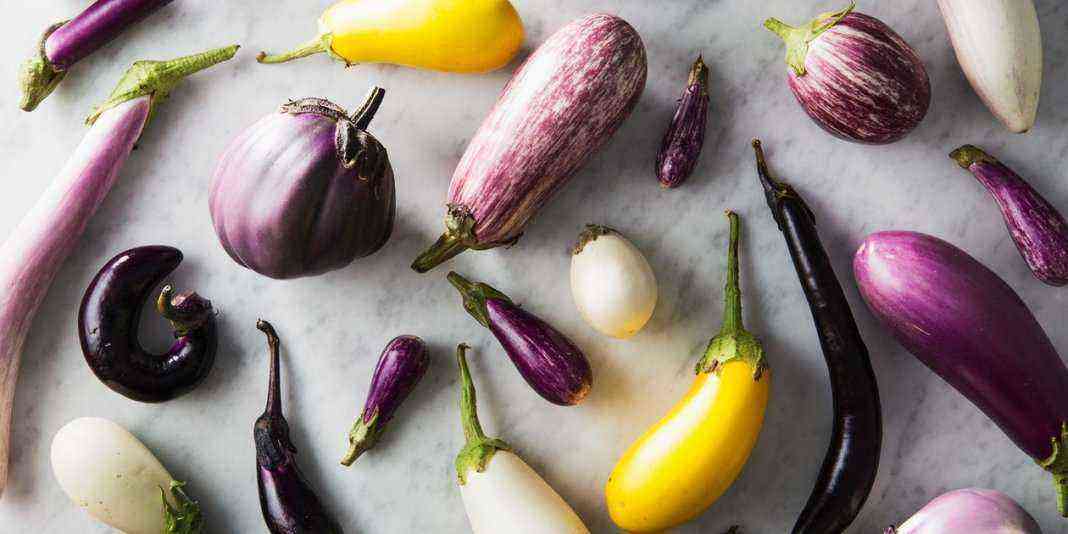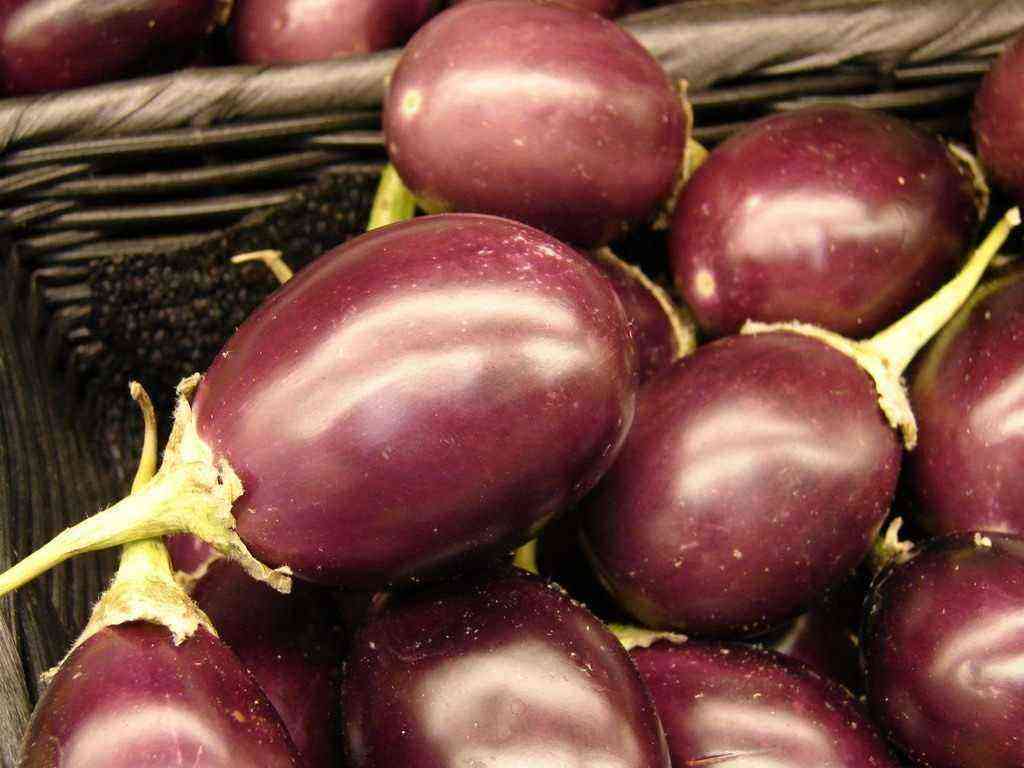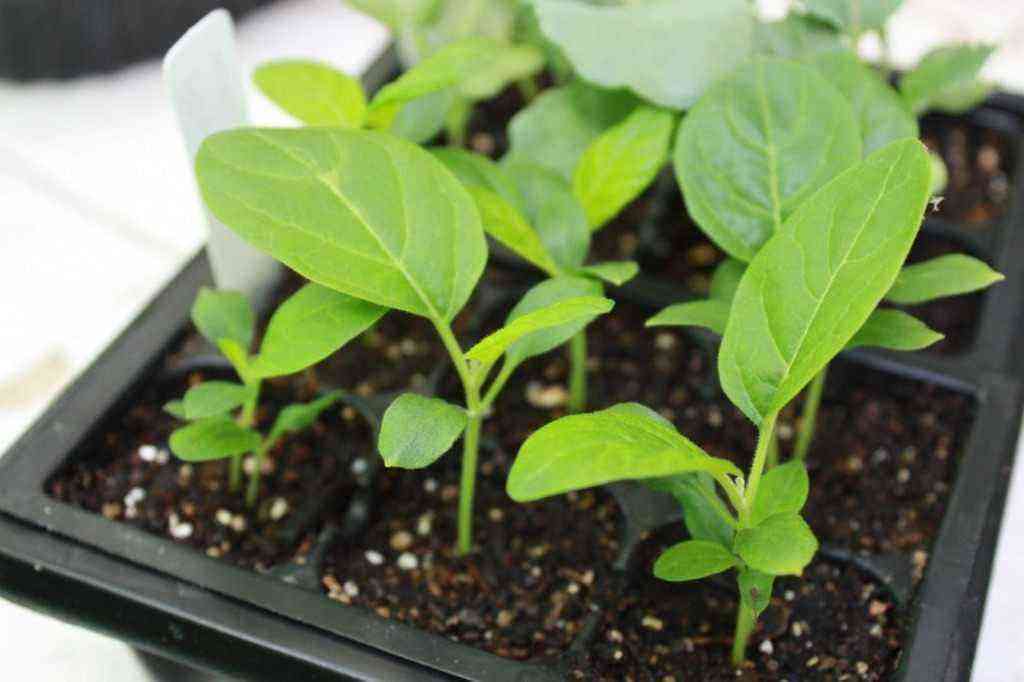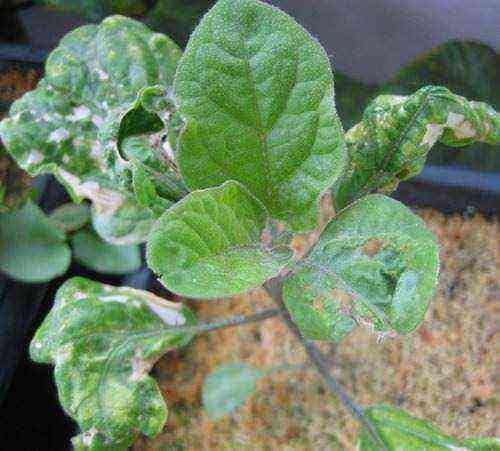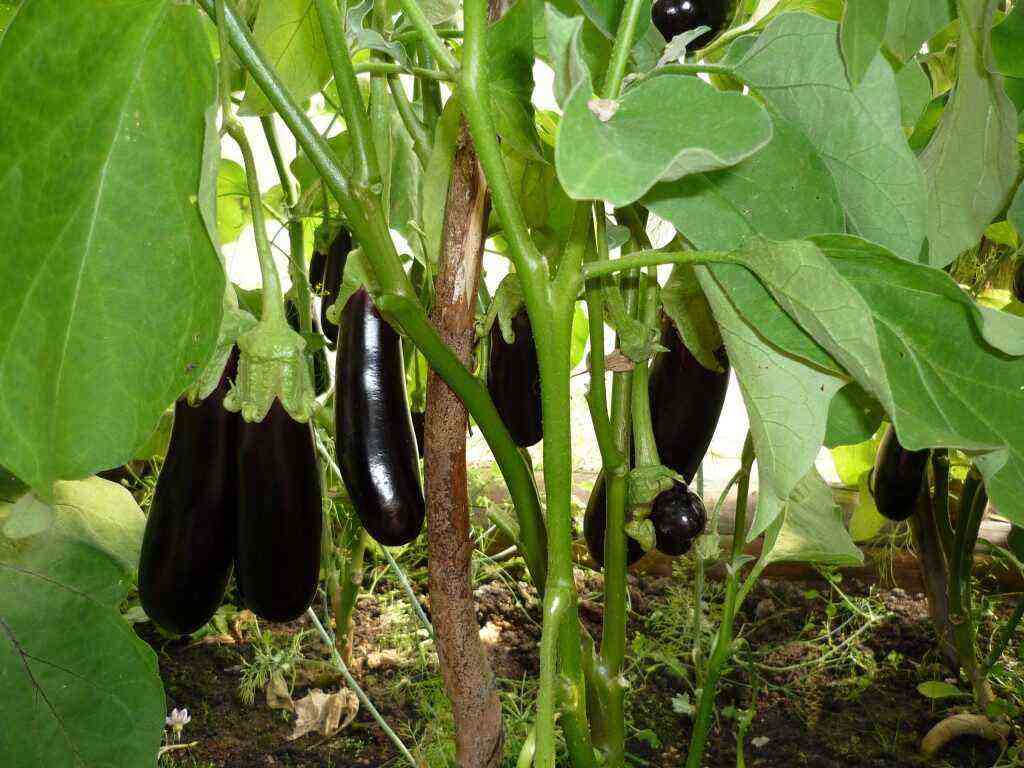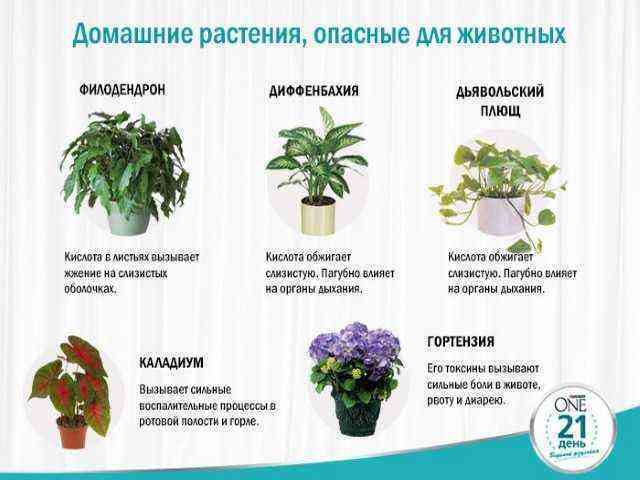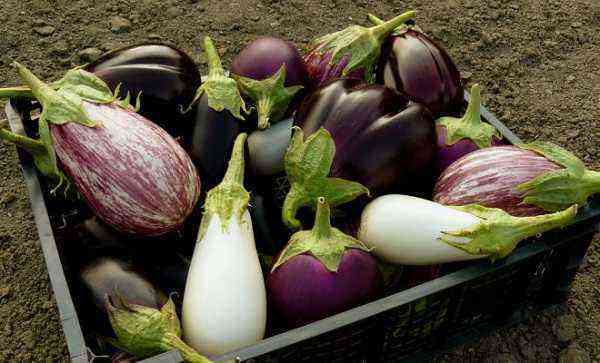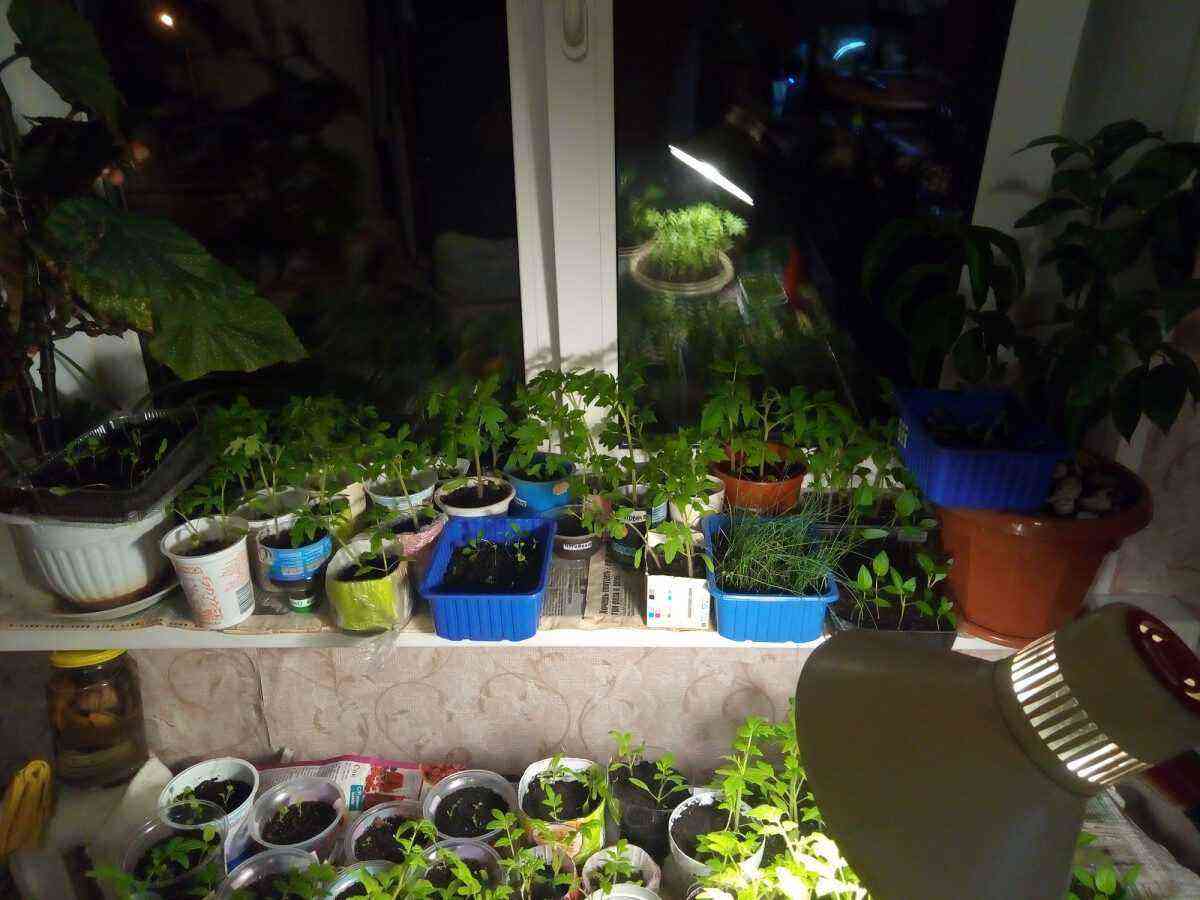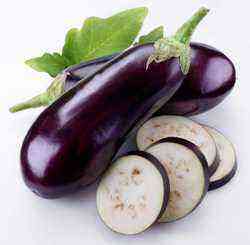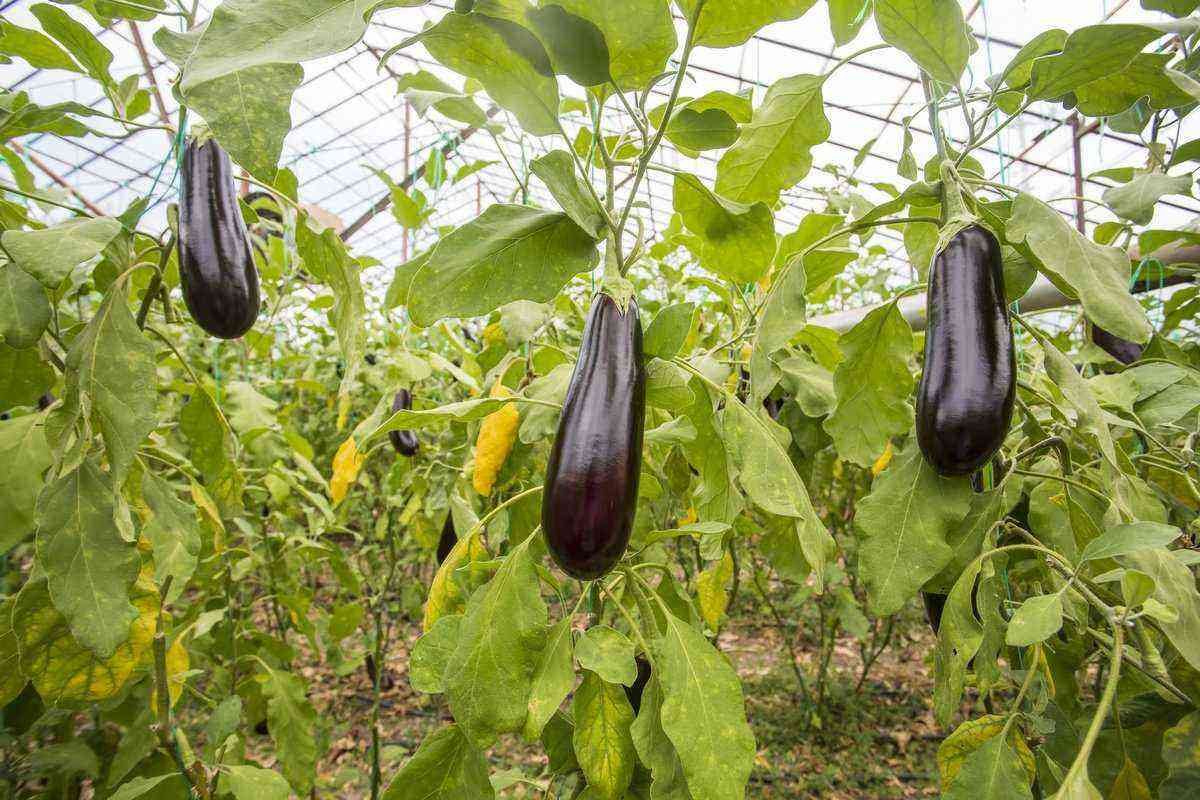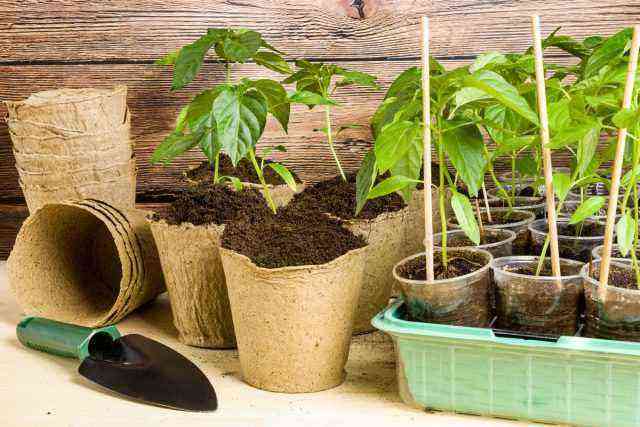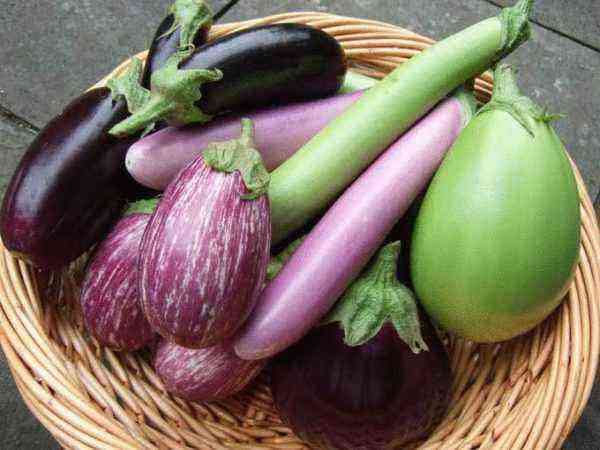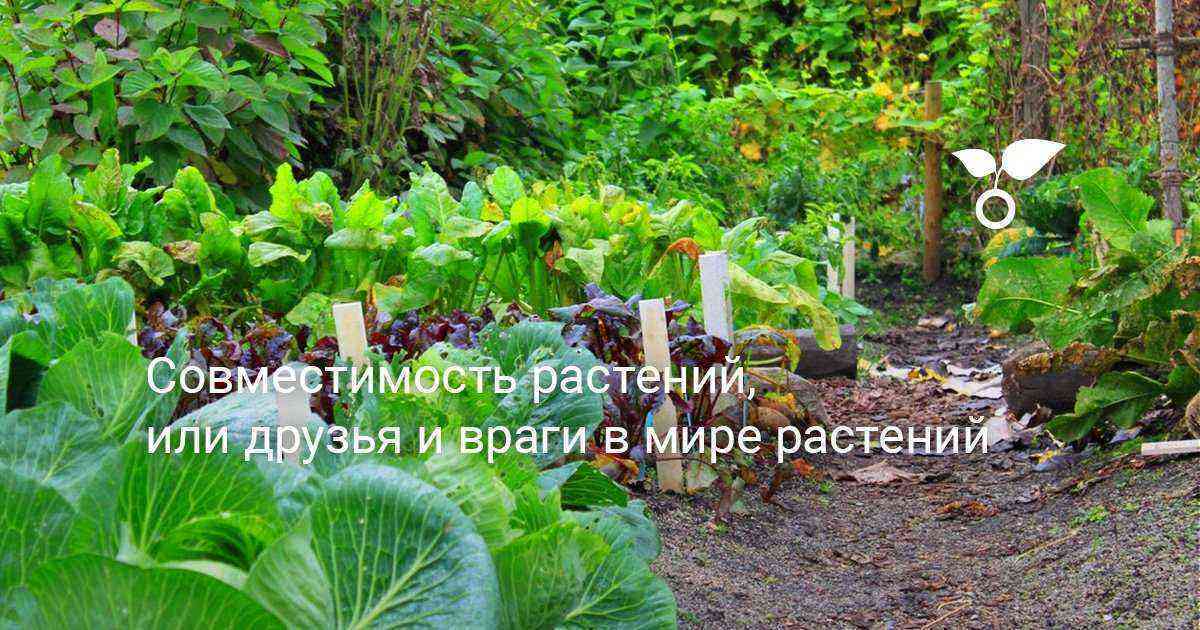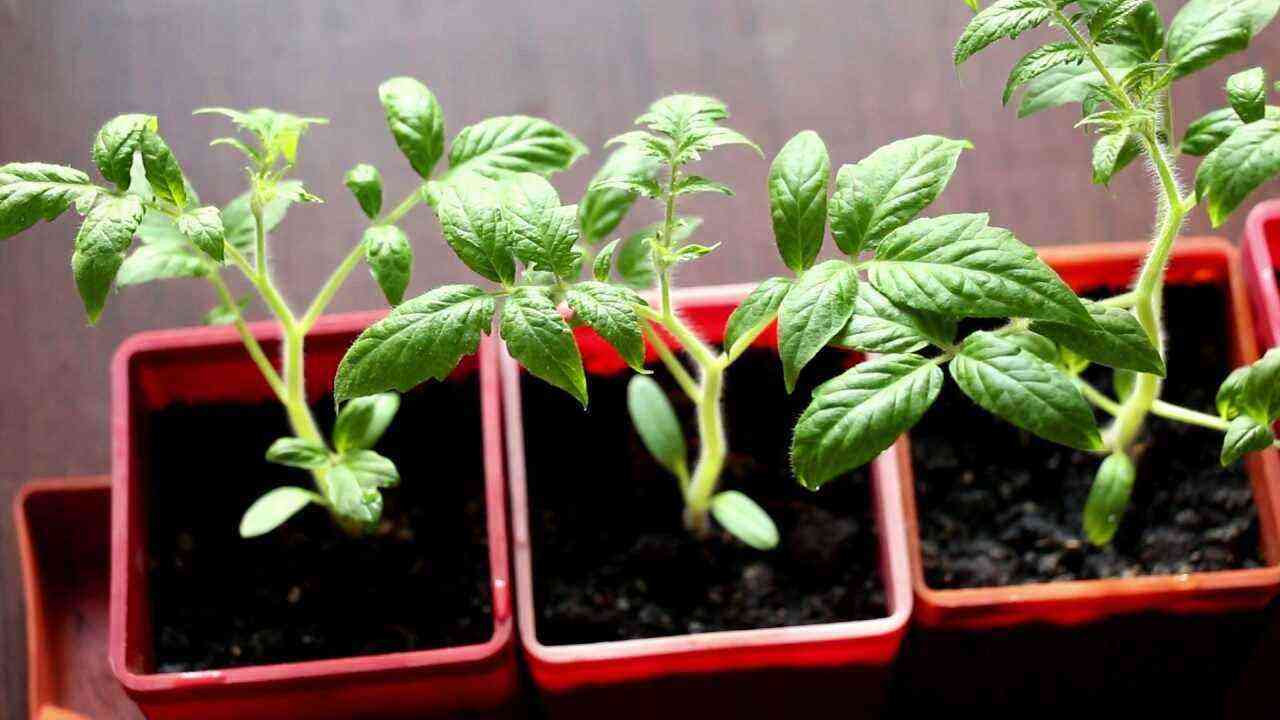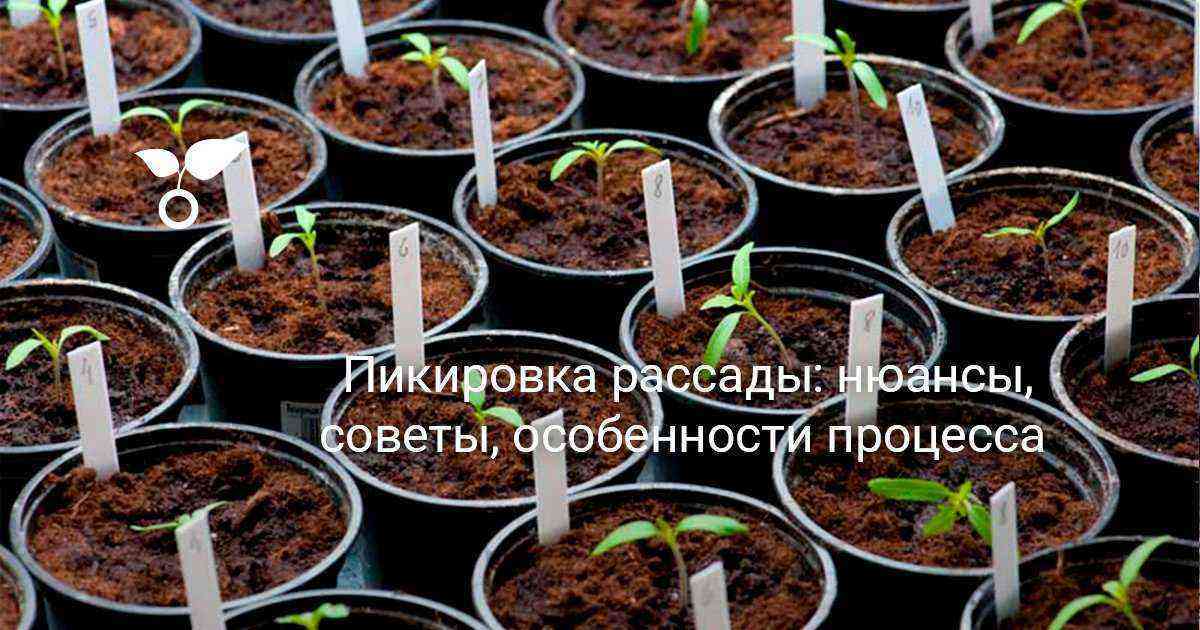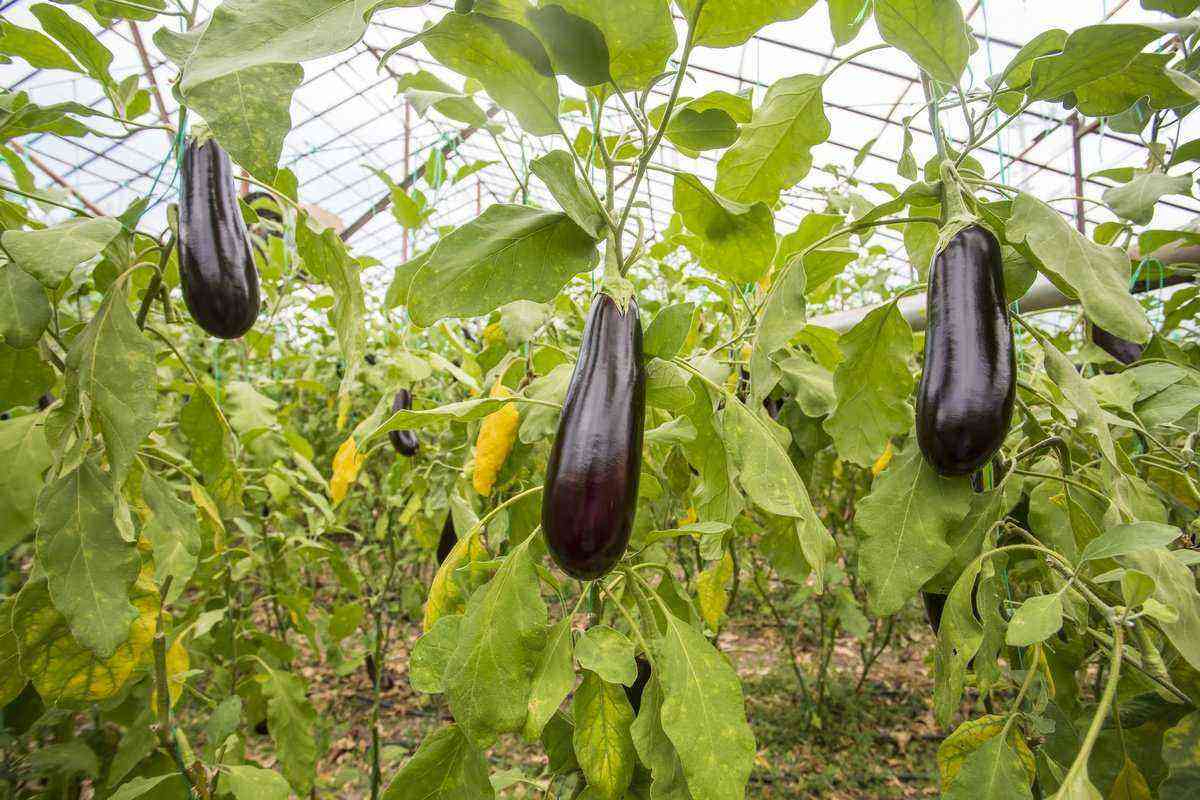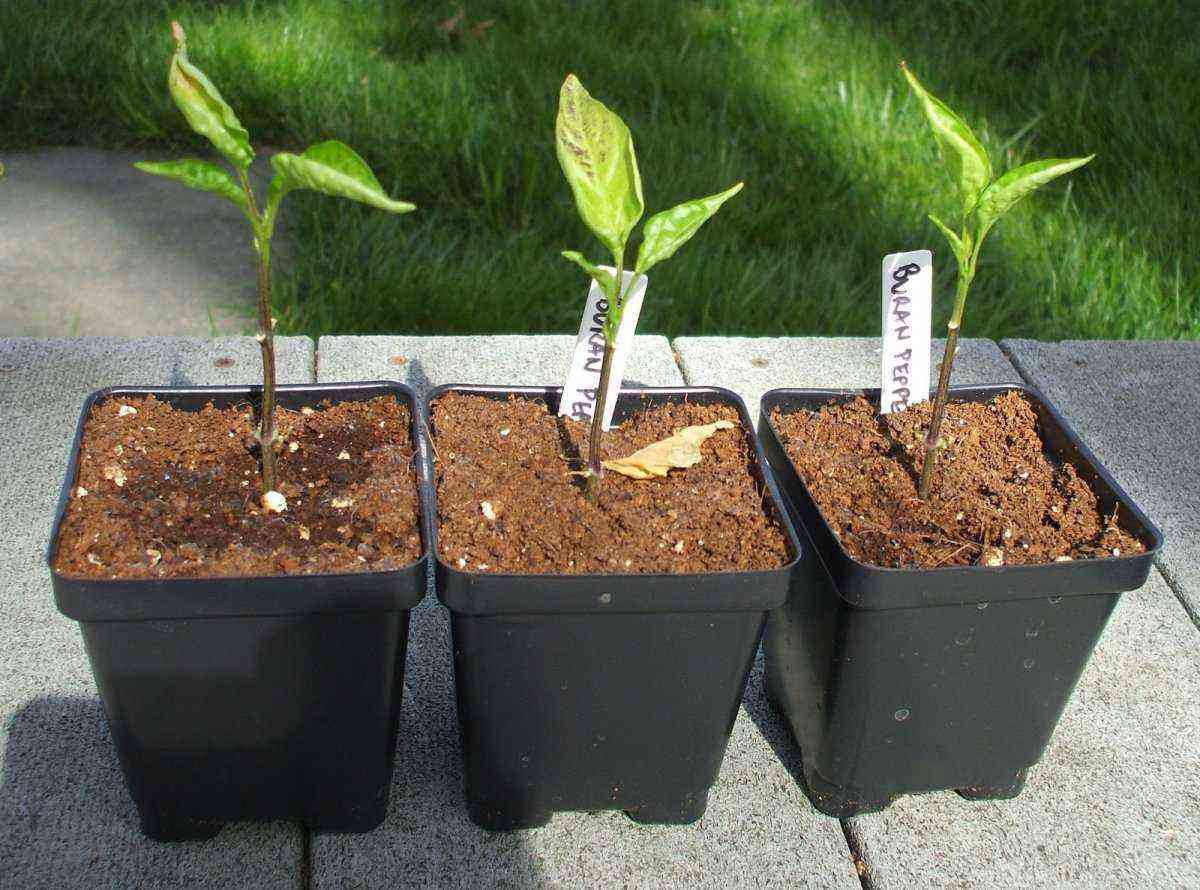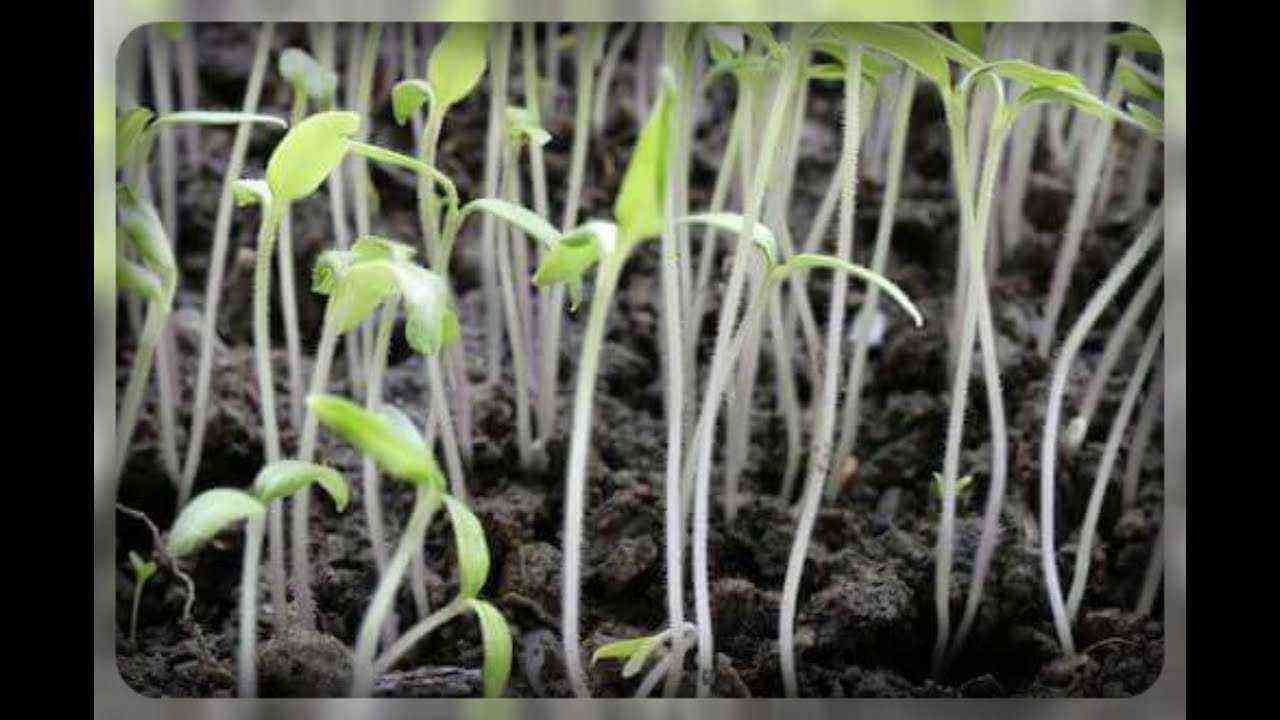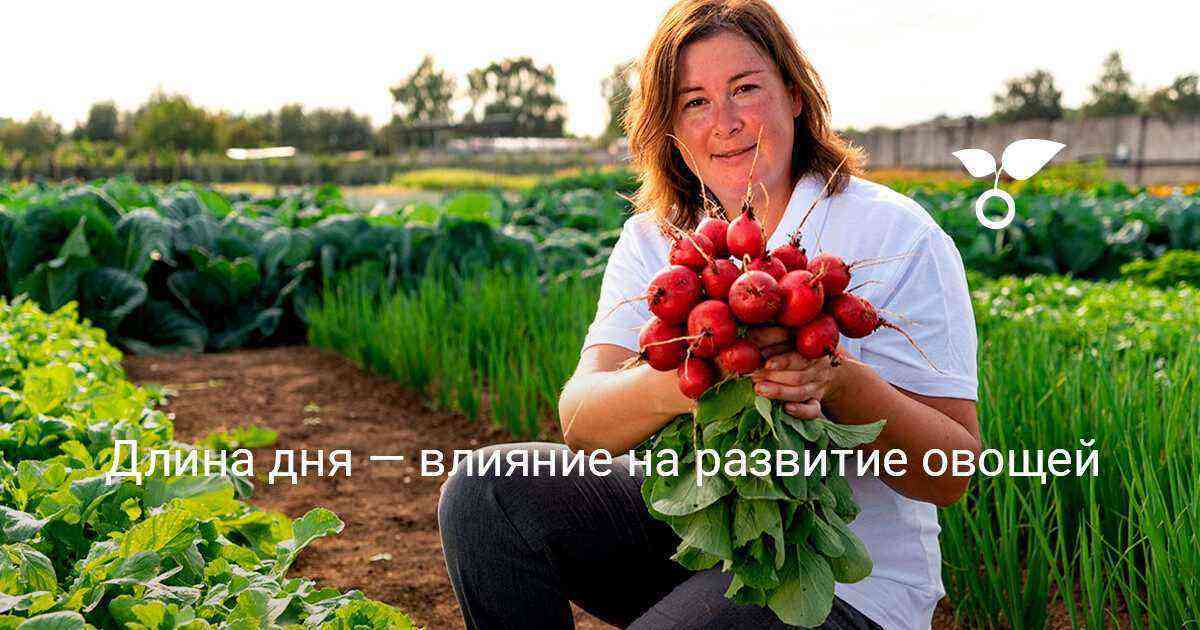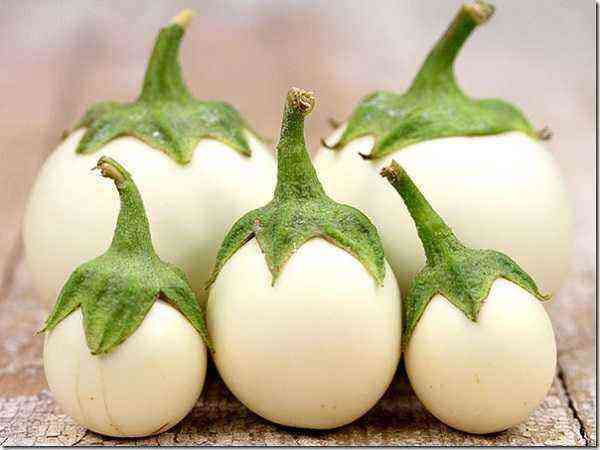Autumn work completed. The garden is ready for next season. It is time to prepare for spring work, growing seedlings, sowing early crops in open ground, greenhouses and greenhouses. On winter evenings, under the rustle of rain in the south or snowfall in the middle and northern regions, you can start seeding.

Usually, already in late autumn, at the end of all harvesting work, summer residents and gardeners compile a list of crops, look at the proposed varietal seeds or hybrids on the relevant sites and select planting material that they like according to the description or stories of a neighbor for purchase and sowing.
Remember! Only with proper storage, the seed material will give friendly seedlings of healthy seedlings. Therefore, it is necessary to familiarize yourself in advance with the change in biochemical processes in seeds during storage, the terms and conditions of storage, and the economic longevity (germination) of seeds of various crops. Violation of storage rules will lead to a sharp decrease in germination, the defeat of various diseases and, as a result, to a low-quality low-quality crop at high material and labor costs.
Contents:
Biochemical processes in seeds during storage
Seeds distinguish between biological and economic longevity of the ability to germinate. Biological durability is the main interest of biologists, but economic longevity is of constant interest to practitioners. It is economic longevity that determines the conditional germination of seeds, which sharply decreases if storage requirements are violated.
Reasons for loss of germination
The main reasons for the loss of seed germination are considered to be an increased moisture content in the seeds and air, as well as elevated temperatures in the room where the seeds are stored.
The seeds are very hygroscopic. They are able to absorb water vapor from the air and release vaporous moisture into the environment. Under optimal conditions, a healthy equilibrium “breathing” of seeds sets in (how much you gave, so much you took). The level of such equilibrium respiration depends on the biological characteristics of the seeds and is determined by the content of starch and crude fat in the composition, the size and density of the seed covers.
With a moisture content of seeds in the range of 6-12%, their respiration is insignificant. An increase in humidity by 1-2% sharply increases the intensity of seed respiration and their temperature. Biochemical processes begin, which lead to the loss of dry matter. As a result, germination is sharply reduced, the seeds become moldy, may rot and die, or significantly reduce germination.
For example, in cabbage, an increase in seed moisture by 2% from the optimal speeds up respiration by 27 times, and by 4% – by 80 times. In practice, the seeds begin to germinate untimely and, of course, die. The optimal storage temperature for most crops from the cruciferous, pumpkin, nightshade family is considered to be 10-12 ºС with a relative humidity of the air in the room not higher than 60%.
For representatives of the umbrella family, celery, lily, pumpkin, some cruciferous and nightshade, during storage, without changing the temperature, the air humidity is reduced to 50%. Well-dried seeds do not lose their germination and are well preserved at home at temperatures from +1 ºС to -5 ºС.
Seed storage methods
Seeds are stored in an open and closed way.
With the open method, the seeds are stored for the entire period of storage in a container that easily passes air and moisture to the seeds. Such containers are containers made of natural fabrics – linen or jute, sewn in 1-2 layers (sacks, pouches, bags, etc.).
With a closed storage method (it is less common), the seeds are placed in a moisture-proof container. The soft container has 2 layers. The upper is usually made of fabric and the inner liner is polyethylene. The moisture content of seeds in polyethylene liners does not exceed 6-9%. The polyethylene liner with seeds is tightly tied to protect against moisture penetration, and the upper fabric liner is simply tightened or tied with side lugs.
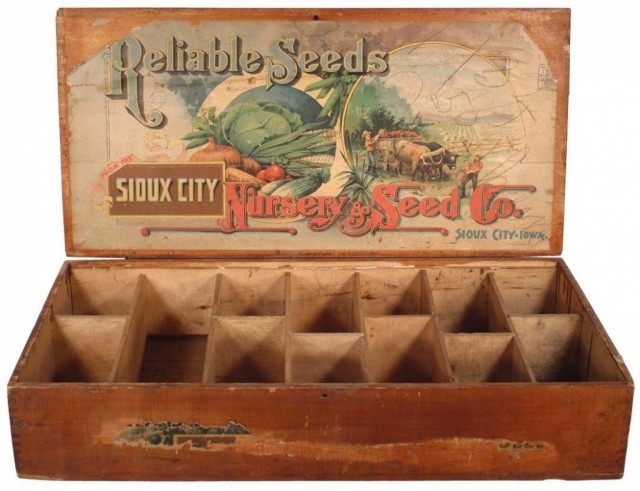
Where to store seeds at home?
At home, seeds are best stored in thick paper bags placed in plastic containers or small bottles. Incompletely used seeds are left in purchased bags, carefully folded and protected from moisture. To store them, it is best to pour a little dried flour, corn starch or other material that absorbs moisture into the bottom of a glass jar. Place the packaged bags on top and close the lid tightly.
It is best to store the seeds on the bottom shelf of the refrigerator or in a separate cool room. Some well-dried seeds (dill, fennel, carrots, parsley, lettuce) are conveniently stored in glass jars. In dense foil bags, the seeds suffocate after 1-2 years and lose their germination or even die.
Terms of preservation of seed germination
The terms of preservation of seed germination are indicated on the label along with the name, year of collection, class. These data are necessary to obtain full-fledged seedlings, since when stored longer than the prescribed period, germination decreases sharply, and seedlings have very low immunity to diseases and pests.
The class indicated on the label characterizes the percentage of seed germination. Seeds of the first class have the highest germination rate, which is 60-95% for different crops. Seeds of the second class – 40-85%. The percentage of germination will help the gardener more accurately determine the planting density of the crop.
With proper storage, vegetable seeds retain high germination in the following terms:
- 1-2 years: celery, chives, parsnips, corn, onions, leeks
- 2-3 years: lovage, parsley, dill, spinach, sorrel, leek, coriander,
- 3-4 years: lettuce, carrots, sweet peppers, black onions, fennel, peas,
- 3-5 years: kohlrabi, turnip, beets, cauliflower, eggplant,
- 4-5 years: tomatoes, radish, radish, swede, white cabbage, broccoli,
- 4-6 years: beans, beans,
- 6-8 years: cucumbers, squash, zucchini, melons, watermelons.
The indicated periods of preservation of the germination of spicy-flavoring (green) and vegetable crops are not limiting. For well-dried seeds, temperature fluctuations are not terrible, but if the seed moisture is higher than the critical one, then at low temperatures the seeds will become moldy due to a violation of the breathing rhythm (they receive more than they can give away) and then the duration of germination will decrease sharply. Under optimal conditions, seeds over the indicated periods can remain viable for another 3-5, and some (tomatoes) even 10 years.
A few rules to keep in mind
Seeds bought from the counter in winter should be immediately put in the refrigerator or left in a cold place. In a warm room, cold bags collect condensation, which can affect the seed’s moisture level.
In the northern regions, it is better to buy seeds from the previous year’s harvest. This is due to the fact that, due to the short summer, the seeds are harvested unripe and ripened indoors. Therefore, freshly harvested seeds have lower germination and germination energy (germination friendliness).
In the south, the difference in germination of 1-2 year old seeds is almost indistinguishable. But purchased fresh seeds must be warmed up at home at a temperature not higher than 30-35 ºС before being stored.
